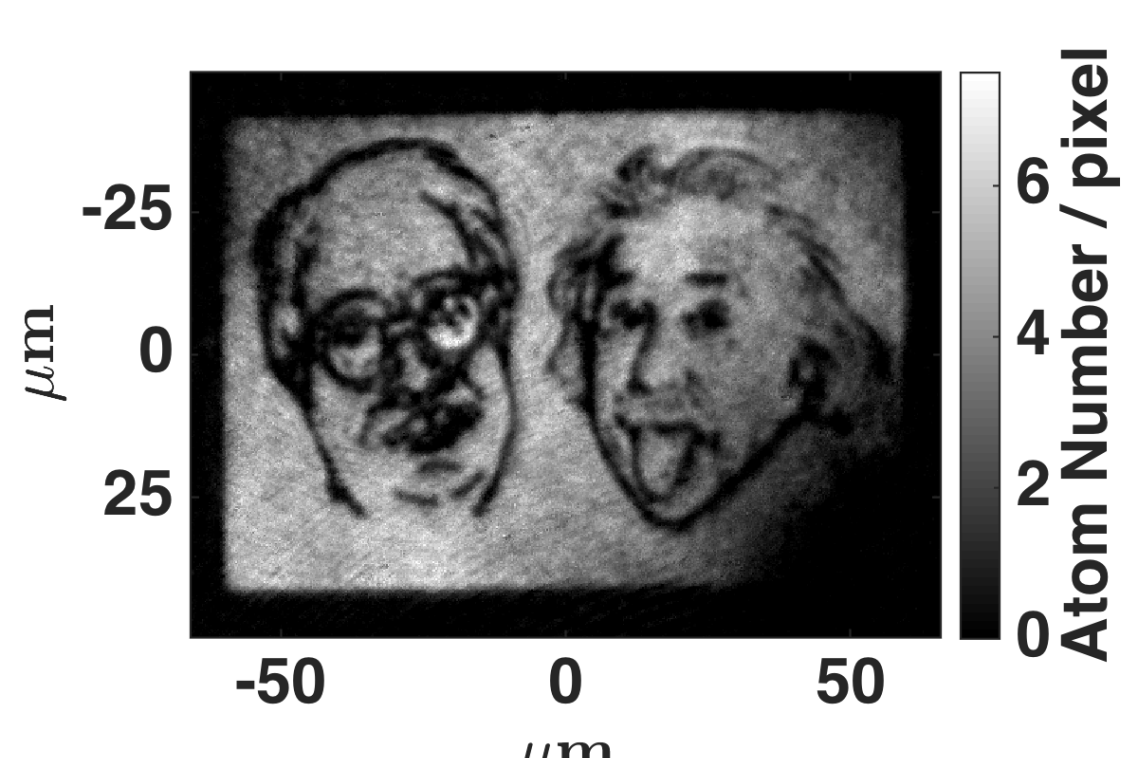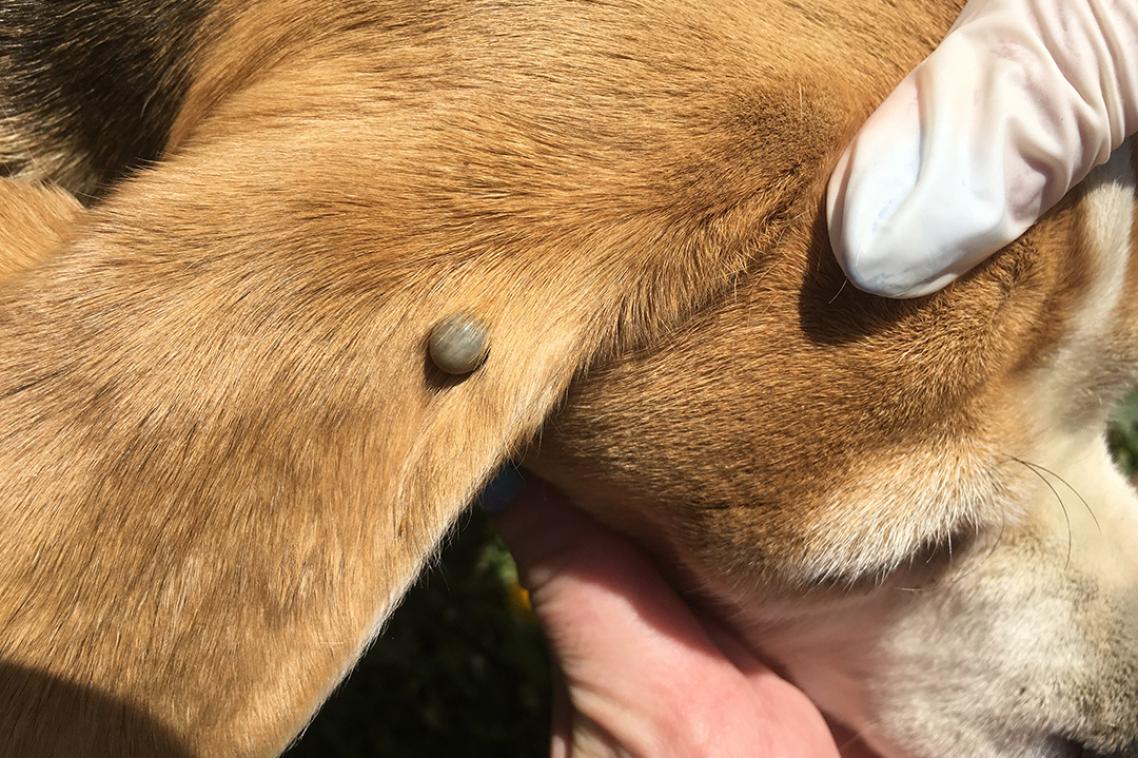Tiny Einstein is created in super-cold microscopic detail

University of Queensland scientists have imprinted images of Einstein and Indian physicist Satyendra Nath Bose on a super-cold microscopic fluid to demonstrate a physics state first predicted by the famed pair in 1925.
The surface is 100 million times colder than interstellar space and the width of a cross-section of a human hair.
School of Mathematics and Physics researchers produced the 0.1 mm images to demonstrate their control of a physics state known as a Bose-Einstein condensate, at a microscopic scale, as part of an ARC Centre of Excellence for Engineered Quantum Systems project.
Professor Halina Rubinsztein-Dunlop, Dr Tyler Neely, Mr Guillaume Gauthier and colleagues worked on the experiments in the Atom Optics Laboratory at UQ.
“A gas of atoms is cooled to almost absolute zero temperatures – the lowest temperature that is theoretically possible,” Dr Neely said.
“When the gas is cooled to this degree, it transitions to a special quantum state of matter known as a Bose-Einstein condensate (BEC).
“Though first predicted by Albert Einstein and Satyendra Nath Bose in 1925, this state was only achieved experimentally in 1995.
“This achievement was recognised with the 2001 Nobel prize in physics.”
Dr Neely said BECs were useful in exploring a wide range of questions in fundamental physics.
“Our study describes new techniques that repurpose the technology used in TV displays as a way to provide near-arbitrary control of the BEC configuration,” Dr Neely said.

“These can include exploring quantum turbulence, many-particle quantum dynamics, and quantum thermodynamics in our research program.”
The study is published in the Optica open-access journal.
Media: Dr Tyler Neely, t.neely@uq.edu.au, 0431 999 606.
Topics
Related articles

Paralysis ticks prefer heads and necks of pets

An integrated vision for predicting crop success
Media contact
UQ Communications
communications@uq.edu.au
+61 429 056 139
